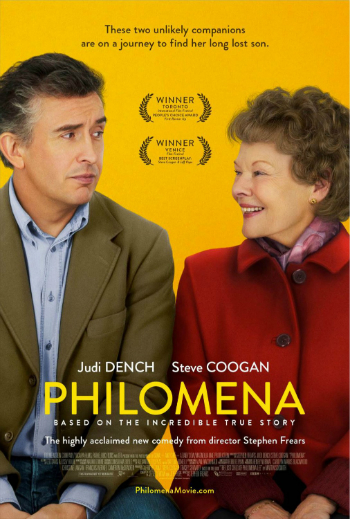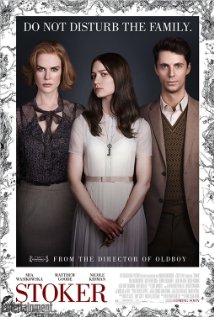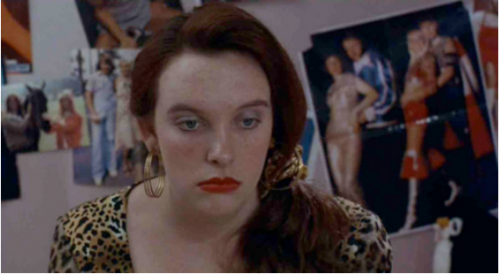‘Rabbit-Proof Fence’: Racism, Kidnapping, and Forced Education Down Under
‘Rabbit-Proof Fence’ (2002), directed by Phillip Noyce, is a powerful and assertive film version of this tragedy. Based on three real-life indigenous survivors of this era, known collectively as the Stolen Generation, the film is set in 1931 and tells the story of three young girls who were kidnapped on the government’s authority, forced into an “aboriginal integration” program 1,200 miles from home, and who are determined to run away and make it home on their own by following the fence. Unfortunately, the school’s director hunts them with the veracity of an early 1800s US slavemaster. He is relentless and determined, but the girls are as well.











